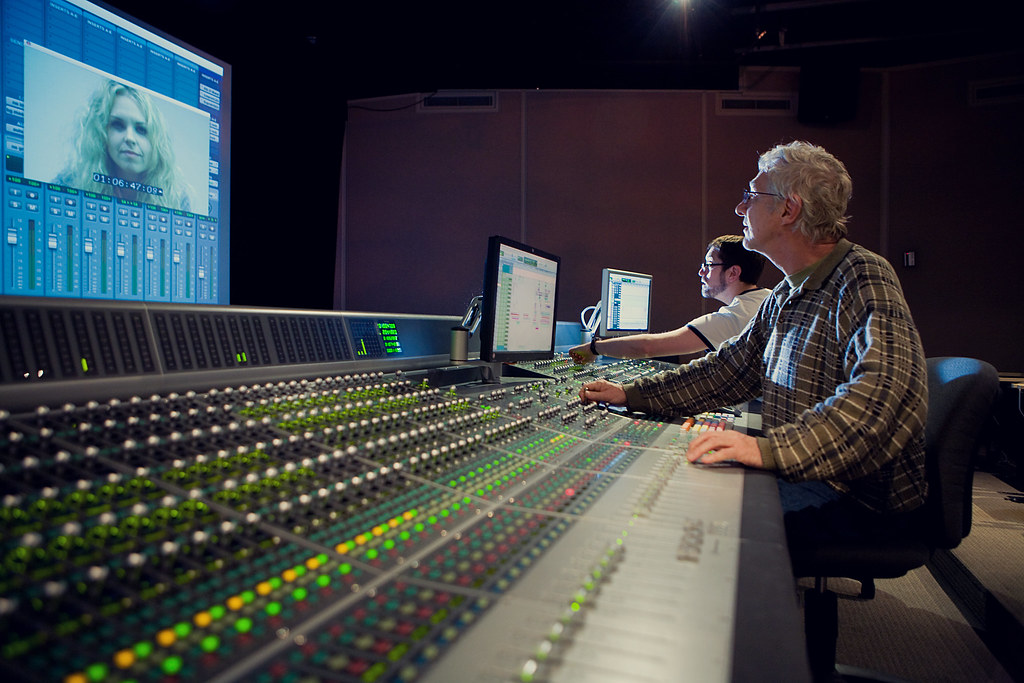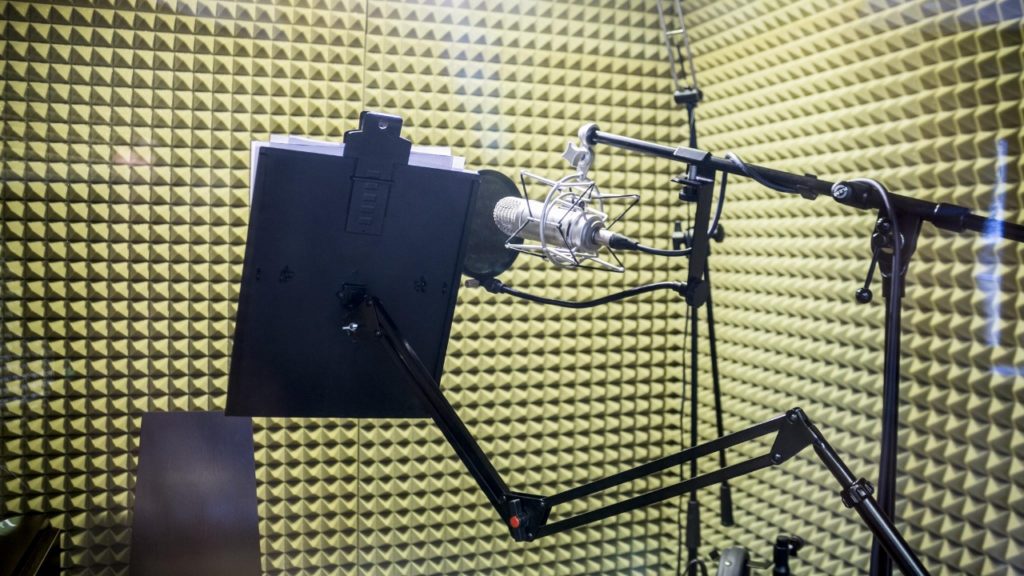What’s the Difference Between Sound Editing and Sound Mixing?
The use of sound in filmmaking is incredibly important. As various sounds can add a level of realism and value to the story. When you think about sound in a film, you probably initially think about the dialogue or people speaking and you might think about the background music or perhaps you think about the synchronous sounds taking place in connection with the action on the screen. In filmmaking, sound editing and sound mixing represent key elements of the addition of sound value to a story, But in all of this, do you know “What’s the difference between sound editing and sound mixing?”

Sound editing and sound mixing are commonly confused with one another or mistaken for representing the same things. They are not one in the same, though. So what’s the difference between sound editing and sound mixing?
What is Sound Editing?

Sound editing represents the recording of sounds, re-recording of sounds, or the initial creation of sounds for film. When a filmmaker or sound editor is performing the task of sound editing they are essentially creating and recording sounds that are to be used for the film.
Sound editing takes place in many different ways, on the film set some sound might be recorded, and others might be re-recorded or created later such as:
Foley
Sounds that are created and recorded, separately in a foley studio, because they are unavailable to execute on the set. This includes sounds like footsteps, the sound of breaking glass from a window, or the sound of a door slamming.
ADR
Sounds that are re-recorded for various reasons after the initial capture of the sound. This could be due to low quality, a slurred word, or the need to add in voice-overs.
Foley sound and ADR sounds are both part of the sound editing process that takes place when a film is made.
What is Sound Mixing?

Sound mixing includes the adjustment of sound levels from all of the different sounds created and recorded or re-recorded in sound editing so that they are clear, crisp, and seamless.
The sound mixer will make sure that the sounds are all in sync and that they are the right tone, so that none of the sounds appear to be louder or quieter than others. You might have recognized before when a sound seemed out of place?
Something was incredibly loud, and then something quiet, and it just doesn’t make sense? That’s poor sound mixing.
Sound mixing is an incredibly tedious task. In fact, professionals find the process to be incredibly challenging as there are so many different sounds that are taking place at the same time and each must be balanced so that none of them sound out of place. That’s great sound mixing!
Sound Editing vs. Sound Mixing

So what’s the difference between sound editing and sound mixing? Sound editing includes the creation of, recording of, or re-recording of sounds that are included in a film.
Whereas sound mixing includes the balancing, tuning, and clearing up of those sounds that were created in sound editing so that they are balanced and in sync with one another on the film. The sound mixing process takes place after sound editing, and uses the files created during the sound editing process.
